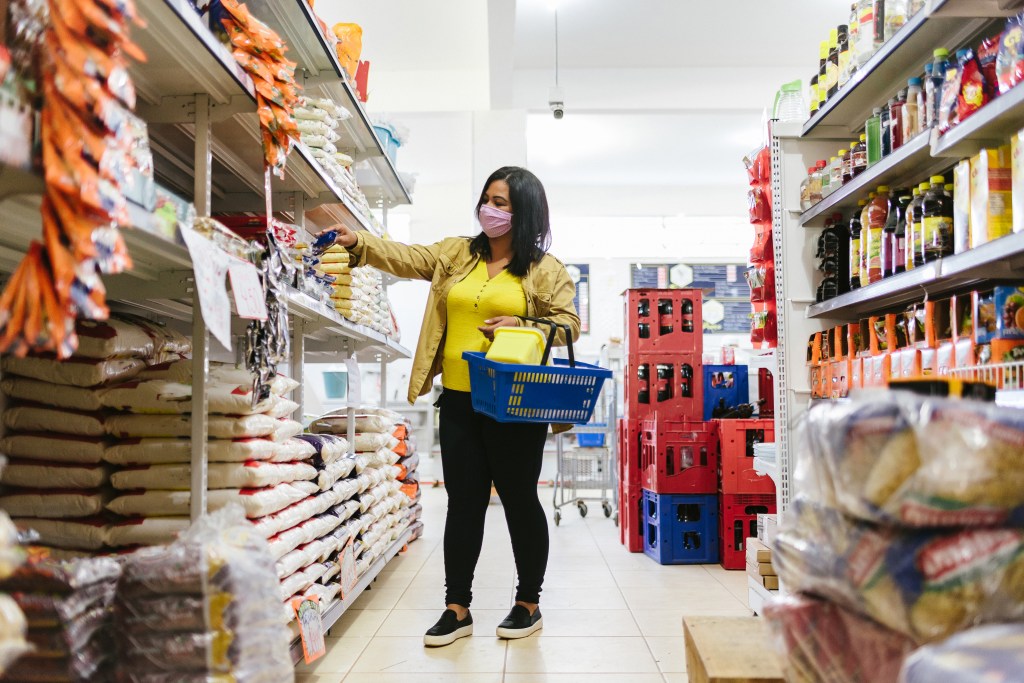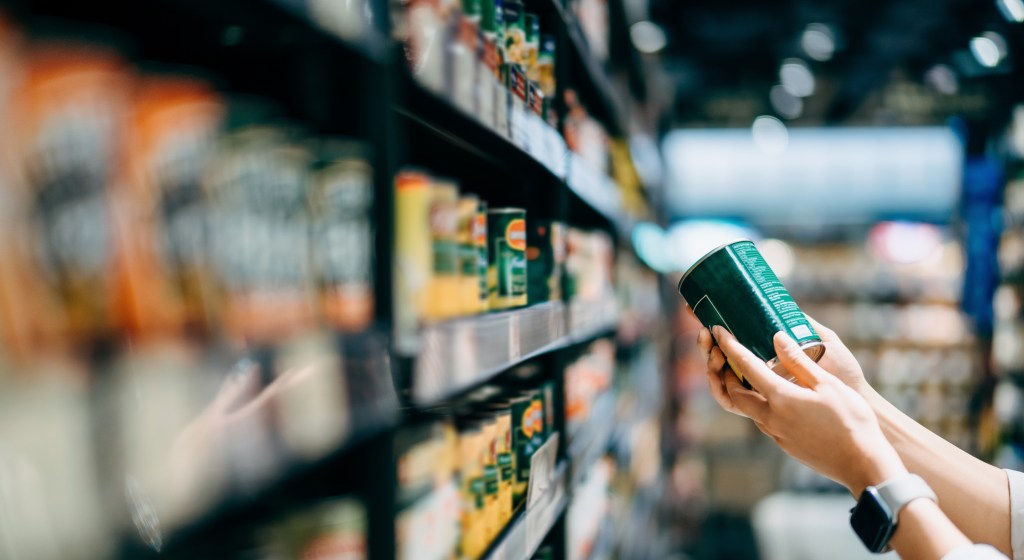Shoppers are making changes across the globe
A recent NielsenIQ analysis found that:
- 73% of respondents have altered shopping and consumption habits
- 66% have changed how they shop
- 81% will continue to restructure spending in 2021
Shopper decisions, priorities, actions, and strategies around spending will continue to change in 2021, with an intensifying focus on streamlining and rationalizing spend.
Let’s take a look at some of the critical changes in shopper behavior that are driving strategy for leading FMCG brands.
Key alterations in buyer behavior
Omnichannel is the new normal
It’s not surprising that omnichannel is the new norm today, with 68% of shoppers doing a mix of both online and physical store purchases.
Convenience is still paramount but manifests differently on- and offline
Convenience was a key factor before the pandemic; however, it has different manifestations for online and in-store shoppers. It’s important for marketers to keep track of and deliver on these needs to gain shopper loyalty through both channels.
Value-seeking behavior will continue
The wide-ranging impacts of the pandemic have increased value-seeking behavior, as so many people have been affected, both financially and from a health perspective.
How can your brand respond?
These changes have leveled the playing field for brands that can meet customers where they are with adaptive product merchandising tactics that appeal to a wider customer base. But to do this, brands can no longer rely on historical data to predict the future. If you do, you’ll be neglecting the reality of today’s unpredictable shoppers.
The right strategy starts with optimizing the effectiveness of your in-store execution. It all hinges on developing plans that meet your shoppers where they are in-store. There should also be a seamless collaboration between manufacturers and retailers. They must work together to meet shopper needs and deliver unbiased, mutually beneficial insights.
Lastly, brands must seize the opportunity with technology that allows them to test future concepts with shoppers before implementing them, and be able to unlock the full potential of their growth opportunities.
The right tools to be in sync with shifting shopper behavior
You need to utilize testing methods that allow you to be in sync with the constant shifts in shopper behavior, as well as have the right data to stay on the right path.
Ready to learn more about how FMCG leaders are using technology to drive growth in-store? Sign up for a free demo of the Smart Store platform so you can see how it works and how it can revolutionize your go-to-market testing strategy.




